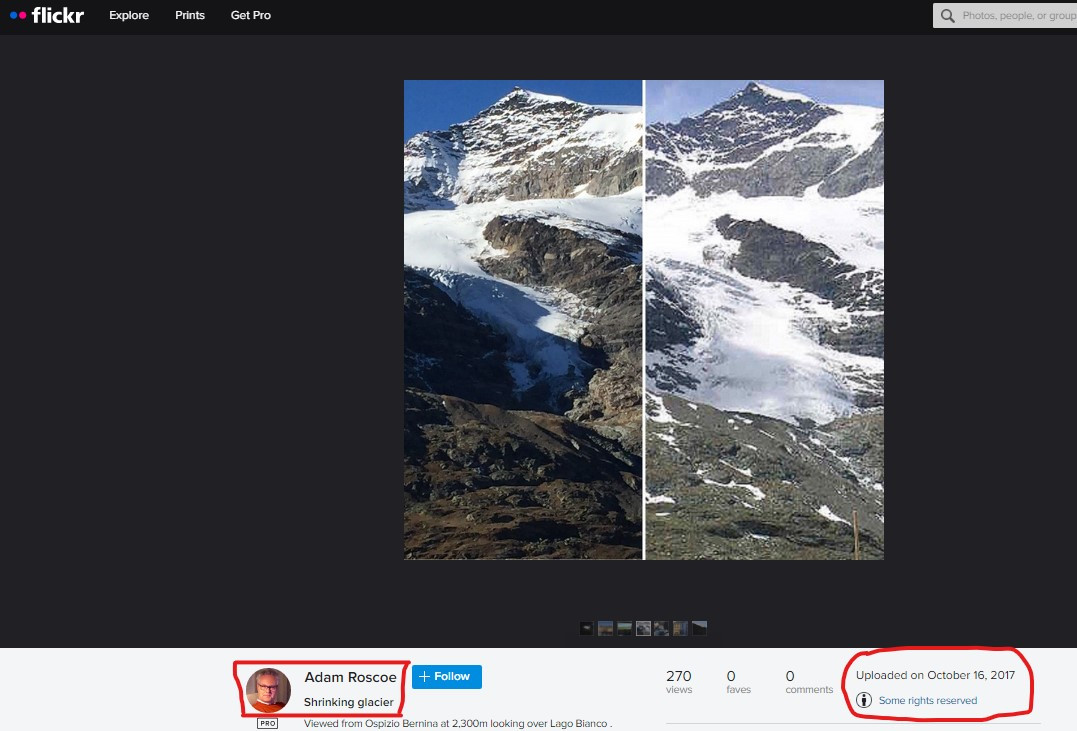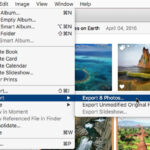Accurately citing images is crucial in academic and professional writing, ensuring proper credit and avoiding plagiarism. The American Psychological Association (APA) 7th edition style provides a clear framework for referencing visual works. This guide will walk you through the essential components of citing photos in APA format, offering examples for various sources to ensure clarity and precision in your citations.
To correctly cite a photograph or artwork in APA 7th edition, you’ll generally need to include the following details, if available:
- Creator: Start with the last name and first initial(s) of the artist or photographer.
- Date: Provide the year the image was created or published.
- Title: Include the title of the artwork or photograph in italics. If no formal title exists, create a brief description in square brackets.
- Medium: Specify the medium of the artwork (e.g., Painting, Photograph, Sculpture, Print) in square brackets.
- Source/Location: Indicate where you accessed the image. This could be a museum name and location or the name of a website.
- URL: If accessed online, include the full URL of where you found the image.
Let’s explore specific examples to illustrate these components in action:
Citing a Photograph from a Website
Consider this example of a photograph found on a news website, similar to the one from the New York Times:
Photographer, P. (Year). Title of photograph [Photograph]. Source. URL
Example:
Ryan, S. (2019). Sea smoke on Lake Michigan [Photograph]. New York Times. https://www.nytimes.com/interactive/2019/world/year-in-pictures.html
In-text citations would look like this:
- Parenthetical citation: (Ryan, 2019)
- Narrative citation: Ryan (2019)
If a photograph lacks a formal title, create a concise description within square brackets to replace the title. For instance: [Photograph of a snowy owl in flight].
Citing Artwork from a Museum
When citing artwork found in a museum, either in person or on a museum’s website, follow this format:
Artist, A. (Year). Title of artwork [Medium]. Source (Location or Website). URL
Example:
van Gogh, V. (1889). The starry night [Painting]. The Museum of Modern Art, New York, NY, United States. https://www.moma.org/learn/moma_learning/vincent-van-gogh-the-starry-night-1889/
In-text citations:
- Parenthetical citation: (van Gogh, 1889)
- Narrative citation: van Gogh (1889)
Citing an Instagram Photo
Social media platforms like Instagram are increasingly used to share visual content. To cite a photo from Instagram, use this format:
Author, A. or Name of Group [@instagramhandle]. (Year, Month Date). Content of the post up to the first 20 words [Medium (Photograph; Video)]. Instagram. URL
Example:
Philadelphia Museum of Art [@philamuseum]. (2019, December 3). “It’s always wonderful to walk in and see my work in a collection where it’s loved, and where people are [Photograph]. Instagram. https://www.instagram.com/p/B5oDnnNhOt4/
In-text citations:
- Parenthetical citation: (Philadelphia Museum of Art, 2019)
- Narrative citation: Philadelphia Museum of Art (2019)
Citing Stock Images and Clip Art
The citation rules for stock images and clip art can vary. Generally, clip art from programs like Microsoft Office does not require citation as it’s licensed for use upon purchase. However, stock images from sources like Getty Images or Shutterstock may require citation depending on their Creative Commons (CC) license. If attribution is required by the license, cite it.
Here’s an example of citing a photo from Flickr with a CC license requiring attribution:
Roscoe, A. (2017). Shrinking glacier [Photograph]. Flickr. https://www.flickr.com/photos/12778388@N06/37705686052
In-text citations:
- Parenthetical citation: (Roscoe, 2017)
- Narrative citation: Roscoe (2017)
 Close-up of a glacier showing the effects of melting, symbolizing climate change and environmental concerns.
Close-up of a glacier showing the effects of melting, symbolizing climate change and environmental concerns.
Remember to always check the specific terms of use or licensing for stock images to determine if citation is necessary and what form of attribution is required.
General Guidelines for APA Photo Citations
- Consistency: Maintain a consistent citation format throughout your document.
- Accuracy: Double-check all details, especially URLs and dates, for accuracy.
- Completeness: Include all available information to create a robust and helpful citation.
- In-Text and Reference List: Ensure that every image cited in the text has a corresponding entry in your reference list, and vice versa.
Citing photos in APA style may seem detailed, but following these guidelines ensures you give proper credit to creators and maintain academic integrity in your work. By paying attention to these key elements and examples, you can confidently cite images from various sources in your research and writing. For further guidance, consult the official APA Style manual or resources like the Purdue OWL APA guide.

